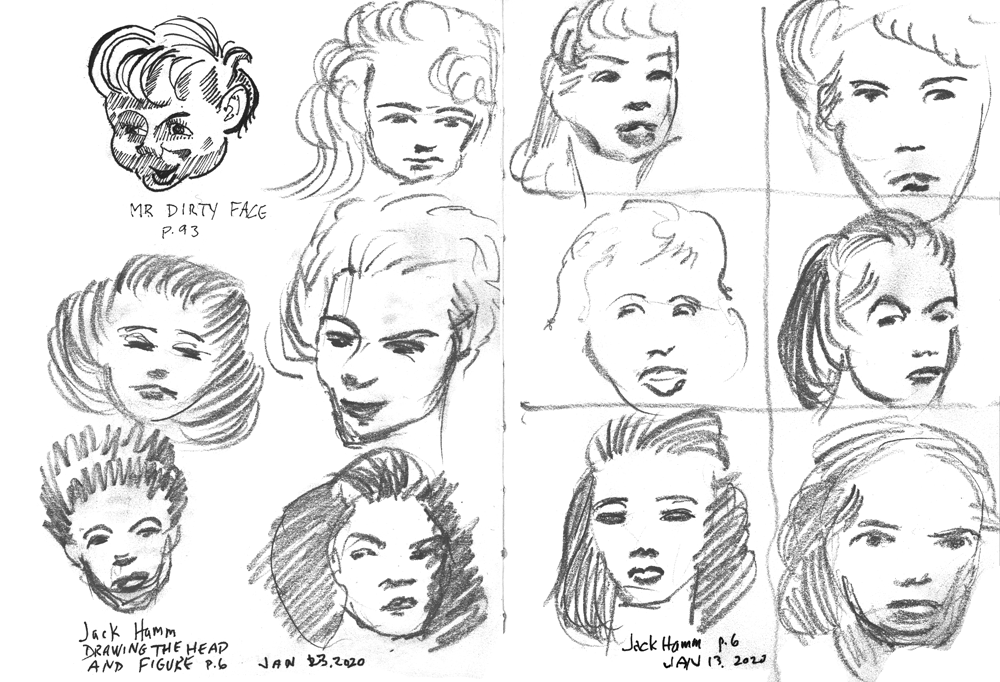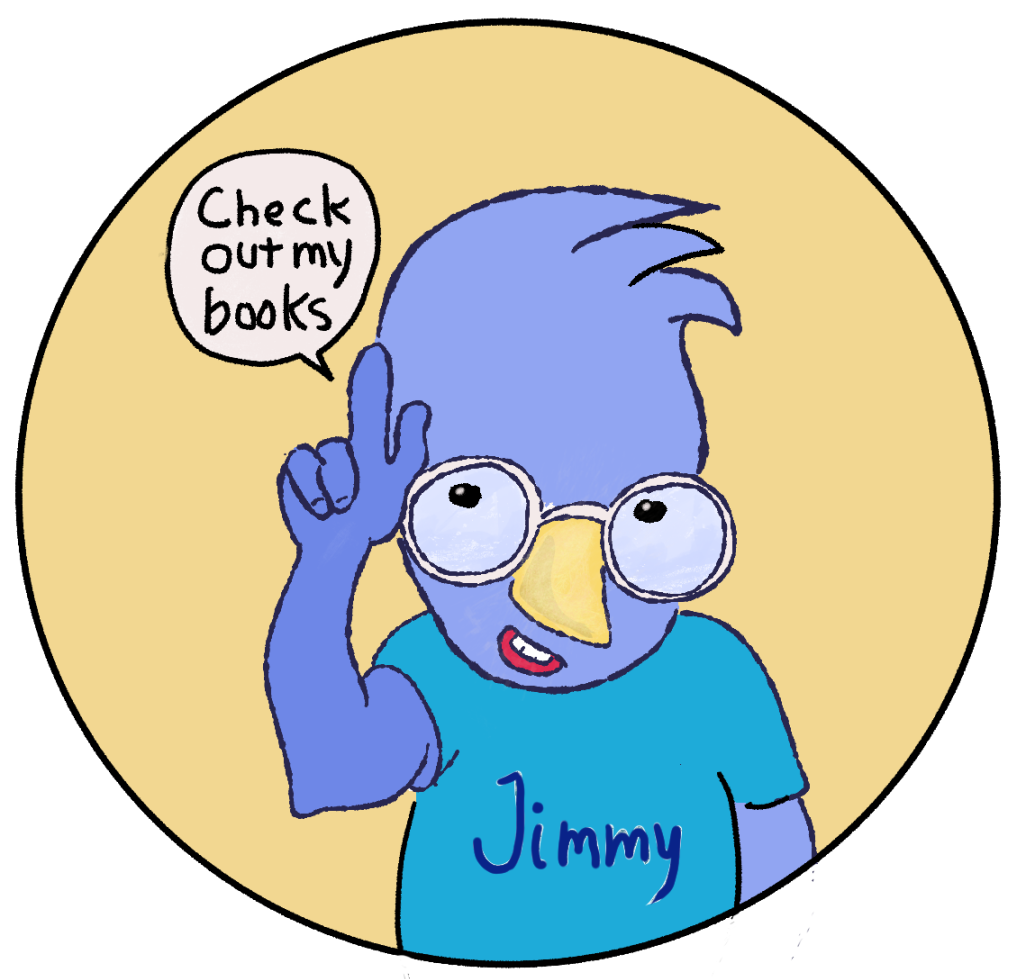Reaching a Production Landmark -- All 42 Rough Sketches are Done
/The image above shows my sketches stored in the Clip Studio Cloud.
It took longer than I thought it would, but I’ve finally completed the rough sketches for all 42 pages of my second children’s book, which I’ve given the working title of The Butterfly That Carried A Burro Over A Wall. I’ll probably be changing that title, but for now it captures the spirit of the book.
In the next stage of creating this book I’ll be doing all of the line work. I’ve found the ideal Clip Studio Paint brushes for my clean line inking. There’s a great rough water color brush for the coloring. The inking brush is the turnip brush, which is something like a blunt G-pen. The rough watercolor brush is just that…a rough color wash. I’ll be doing the inking on Clip Studio’s very cool vector layers. They’re a great feature.
Another feature of Clip Studio is that Celsys provides 10GB of cloud storage as part of the Clip Studio Paint package. I like that all of these features and goodies are part of the $50 I paid for Clip Studio 6 years ago. Imagine how much Adobe would be dipping into my bank account every month for the same features. Adobe’s rental model annoys me endlessly. Three cheers for Clip Studio Paint.



